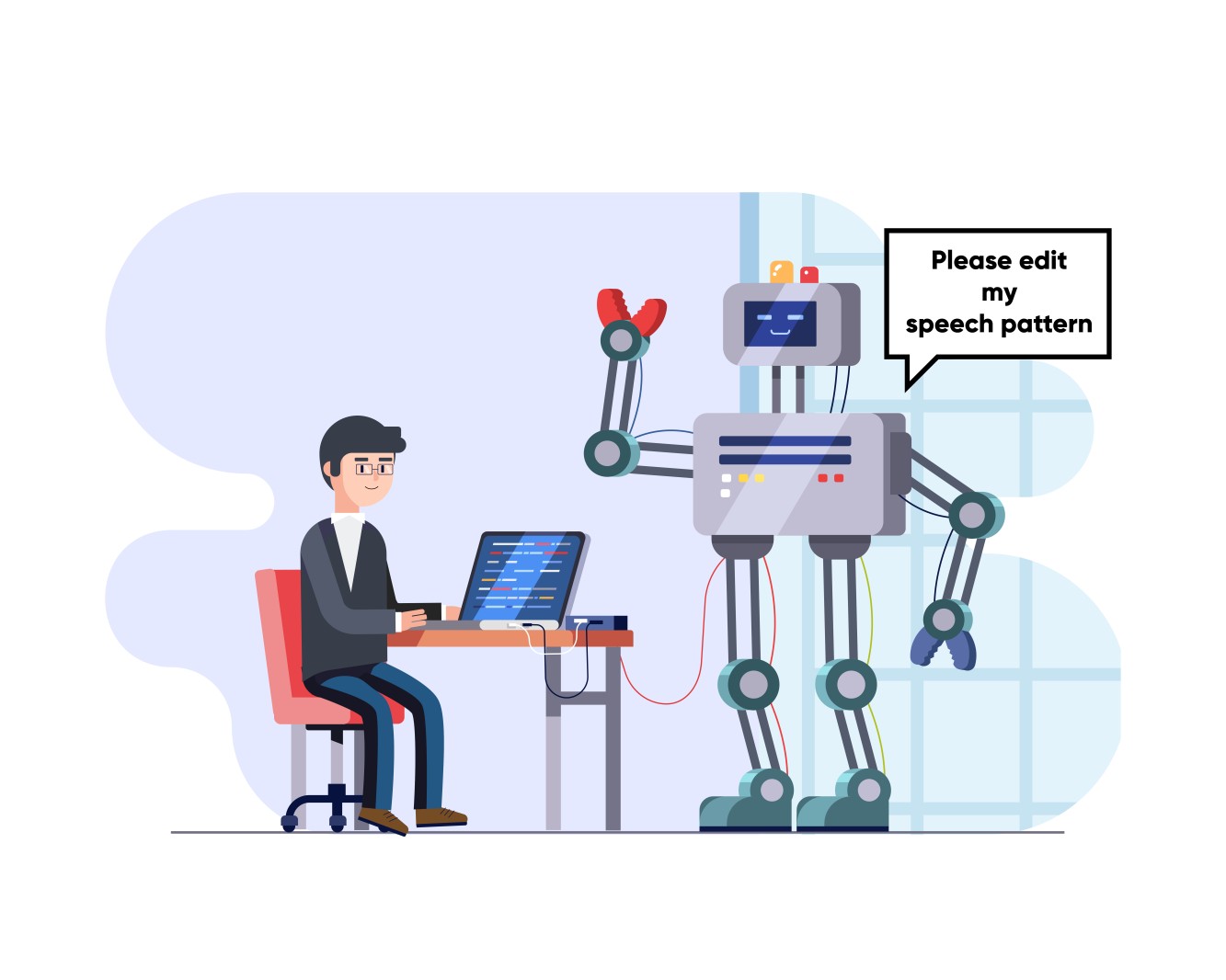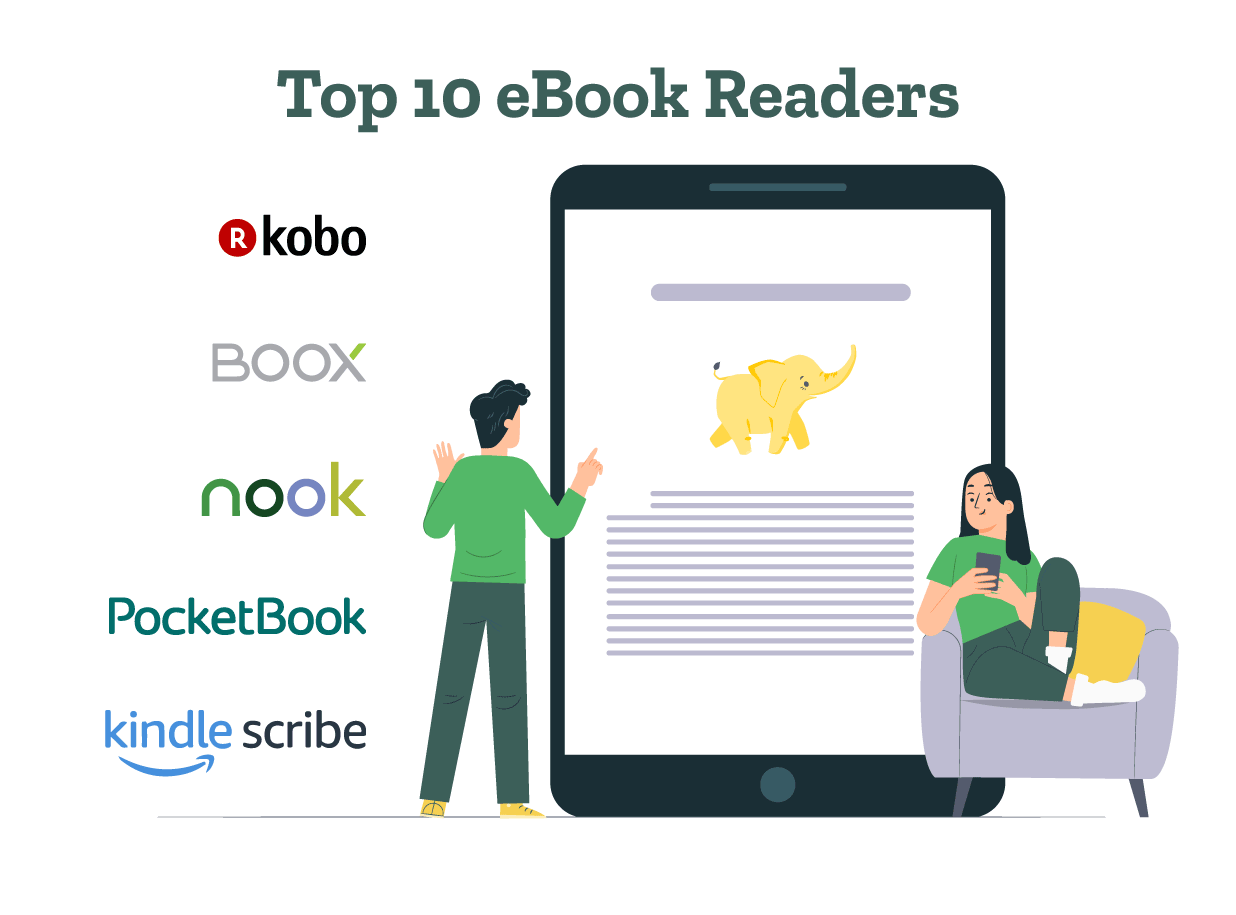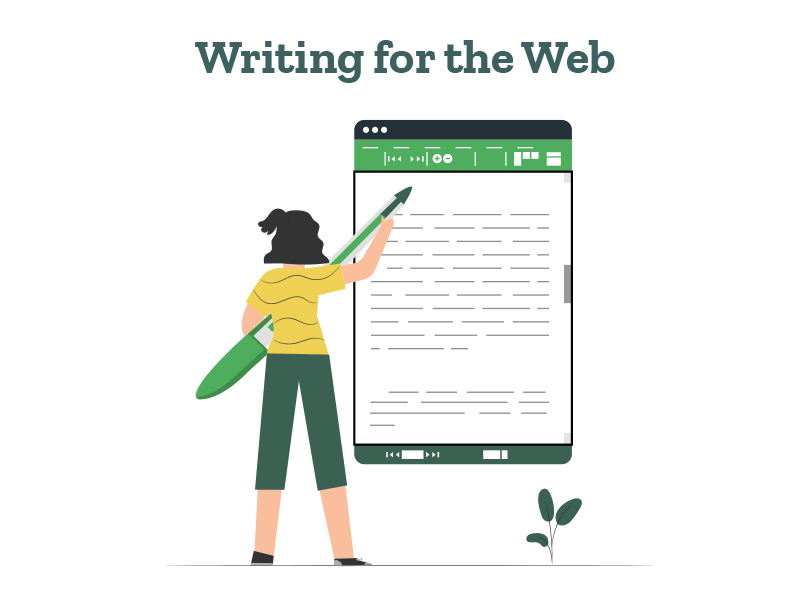Still have questions? Leave a comment
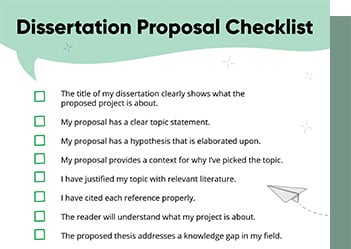
Checklist: Dissertation Proposal
Enter your email id to get the downloadable right in your inbox!
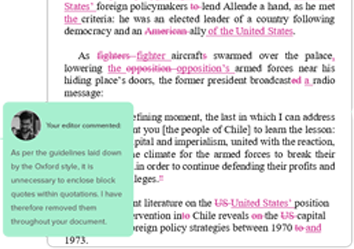
Examples: Edited Papers
Enter your email id to get the downloadable right in your inbox!
Need
Editing and
Proofreading Services?

Types of Introductions and Examples
 Jun 27, 2025
Jun 27, 2025 5
min read
5
min read
Are you looking for an effective way to begin your speech or essay?
Do you want to keep your audience/readers hooked from the get-go, but are not sure where to begin?
Well, you’re at the right place—here is a comprehensive guide on the different types of introductions with examples to help you begin your speech/essay with a bang!
Get Expert Editing and Proofreading Services for Your Writing Today! Learn More
Why are introductions important?
Before we get into the specifics, it’s important to clarify exactly why introductions are so important. To put it simply, the first impression is the best one—if you fail to hook your audience at the beginning, it’s quite likely that they will zone out and not pay attention to the rest of your points, no matter how interesting they may be.
Introductions are also important because they serve three major functions:
1. They set the tone for your article/speech and help the readers/audience get an idea of what to expect.
2. They help build your audience appeal and also serve as a way to acknowledge their time and attention.
3. They provide a sneak peek of your topic that helps build up to the main points.
Types of introductions
There is no one right way to make an effective introduction—here are some different approaches or ‘hooks’ which all work equally well. It is important to keep in mind the nature of the topic and tone of your speech/article before choosing the type of introduction that will suit you best.
1. Straightforward introduction
As the name suggests, this approach involves diving directly into the topic and cutting away any unnecessary flourishes. There are two ways in which one can do this: by asking a rhetorical question or using a quotation.
a. Rhetorical question
A rhetorical question is one where the audience is not expected to answer, as it is obvious. Beginning with such a question is impactful as it helps build up to a solid argument.
For example:
Can you imagine a world without hunger?
b. Quotation
A quotation by a famous personality helps to ground your argument in a solid, proven stance, thus lending it credibility even before you’ve begun.
For example:
“Those who deny freedom to others deserve it not for themselves.” – Abraham Lincoln.
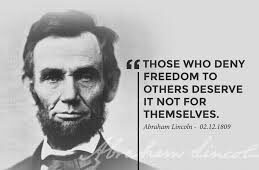
2. Audience-centric introduction
This is a more personal approach that involves getting the audience emotionally or intellectually invested in your topic from the get-go.
a. Relatability
Beginning your essay/speech by mentioning something your audience/readers can relate to helps them feel more personally invested in your topic.
For example:
If delivering a speech about the environment, you could begin by talking about how overconsumption and fast fashion is leading to landfills getting rapidly filled with single-use plastics and clothes that are just one season old.
b. Current/historical events
Mentioning well-known current or historical events gives the audience/reader a frame of reference against which to ground your upcoming argument.
For example:
If writing about the need to fight terrorism, one could reference the 09/11 attacks in New York that caught the world’s attention.
c. Hypothetical scenarios
A hypothetical scenario helps the audience/readers put themselves in a particular situation and imagine how they would react/feel about the argument you are going to present.
For example:
Imagine living in a place where you have to walk ten kilometres a day to access clean water.
3. Thought-provoking introduction
This approach has various ways to hook the audience. Here are some of the most popular ones:
a. Anecdotes
Using a personal anecdote helps the audience/reader connect you with the topic better, hence making your argument sound more personal.
For example:
“When I got my first book deal, I did not expect to receive an advance on royalties—this served as a motivating factor in my writing career.”
b. Provocative statements
A surefire way to get the audience to sit up and take notice is to make a statement that could provoke a strong emotion or possibly stir controversy.
For example:
Did you know that when the Big Ben was being constructed in London, its iconic bell cracked, leading to a delay of four years?
c. Weird facts
Mentioning a weird or strange fact at the beginning of your speech/essay is bound to pique your audience’s/reader’s curiosity and get them invested in what you have to say next.
For example:
Did you know that pepper was found stuffed up the nostrils of the mummy of Egyptian Pharaoh Ramses II?
The next time you face that daunting blank page, don’t let the pressure of creating the “perfect” introduction paralyze you. Instead, experiment with these different approaches, find what feels authentic to your voice, and remember that the best introduction is one that genuinely connects with your readers while setting up your message effectively.
Check out PaperTrue’s professional editing and proofreading services to enhance your writing today! With our expert editors, detailed instructional blogs, and AI-powered services, we can help you write insightful and compelling essays and speeches that help you captivate your readers.
Here are some more resources that may help you:




